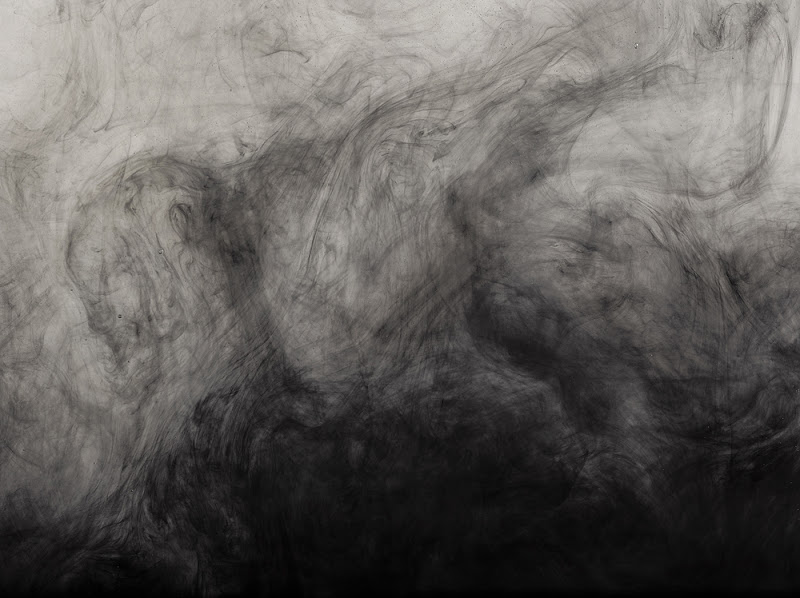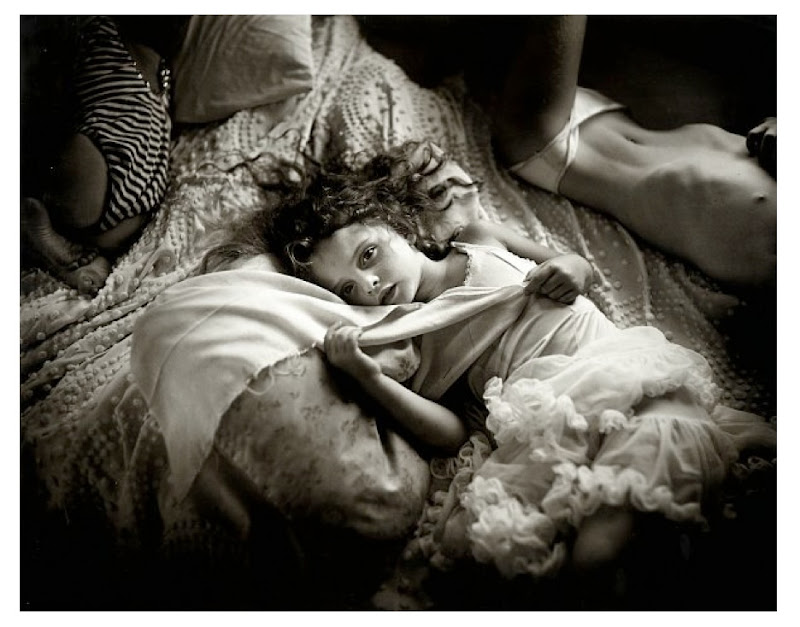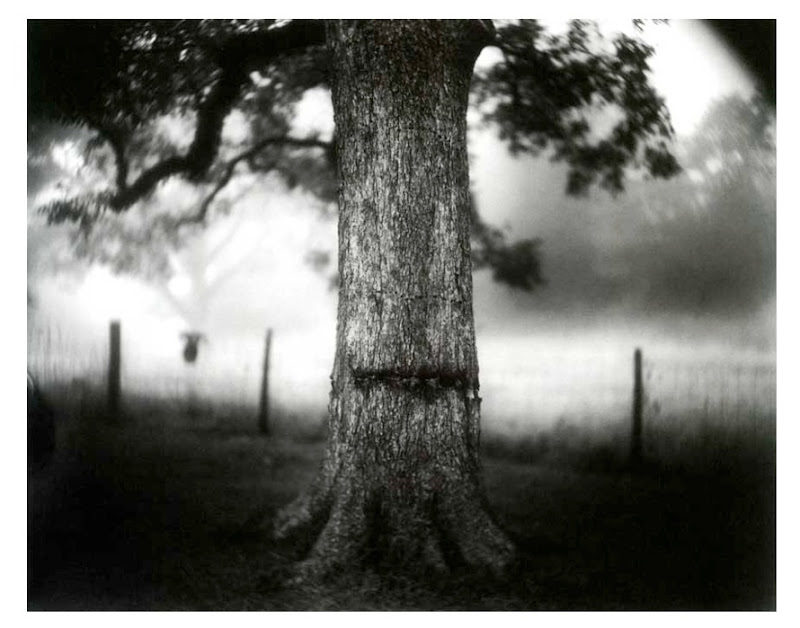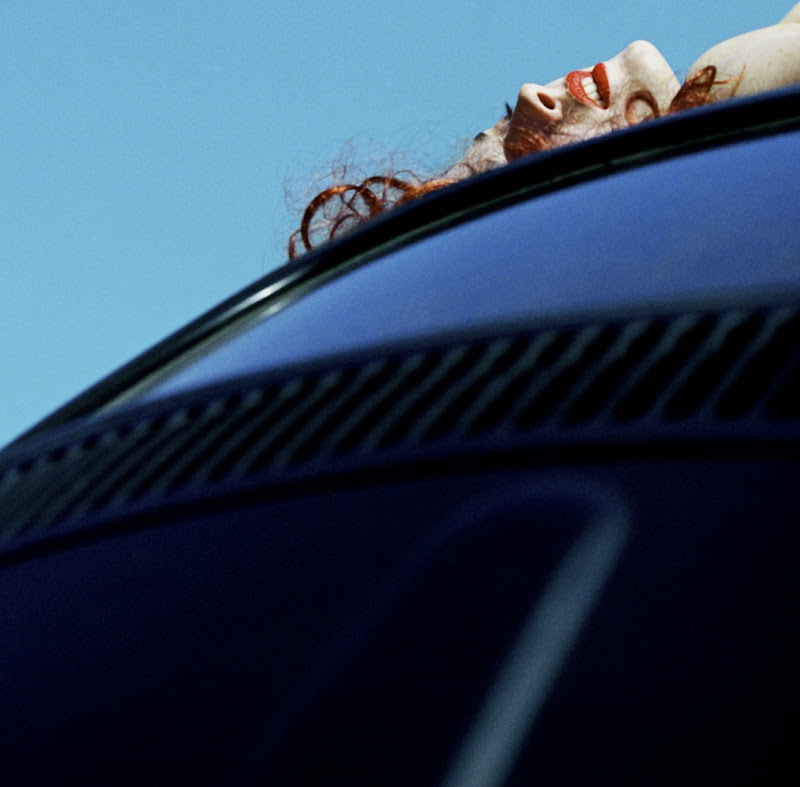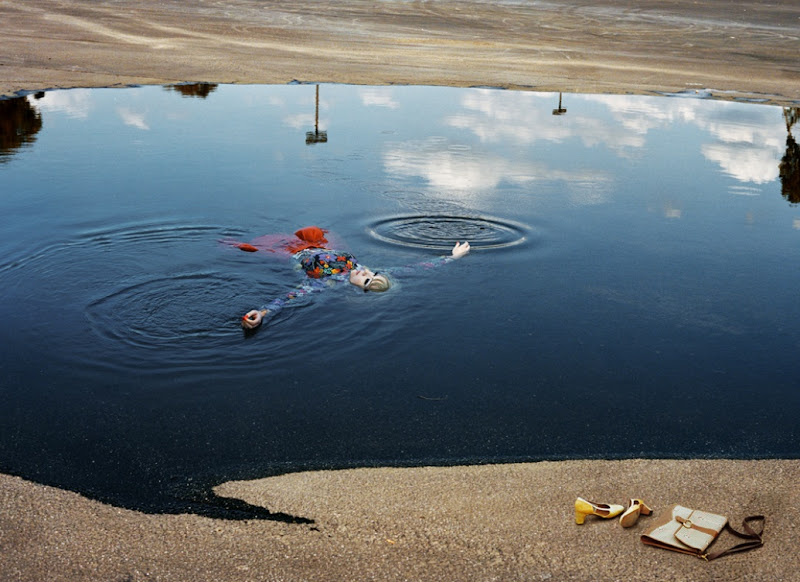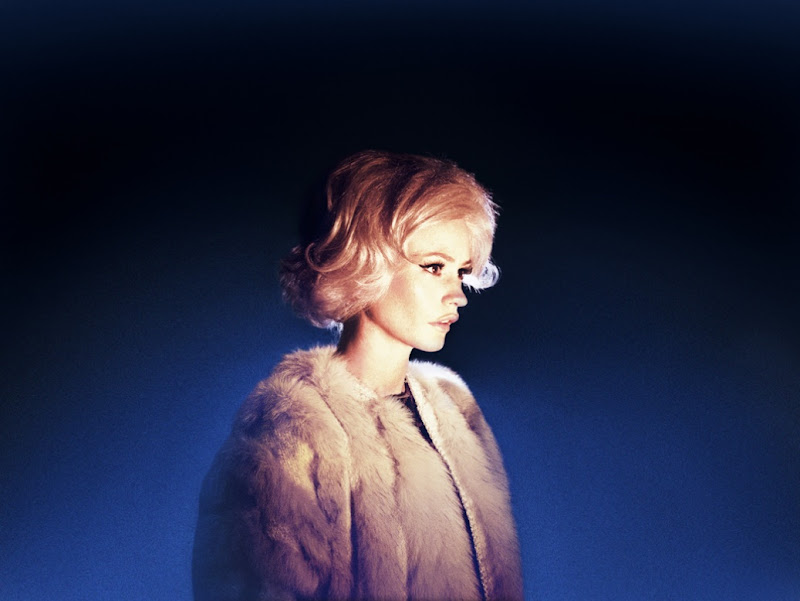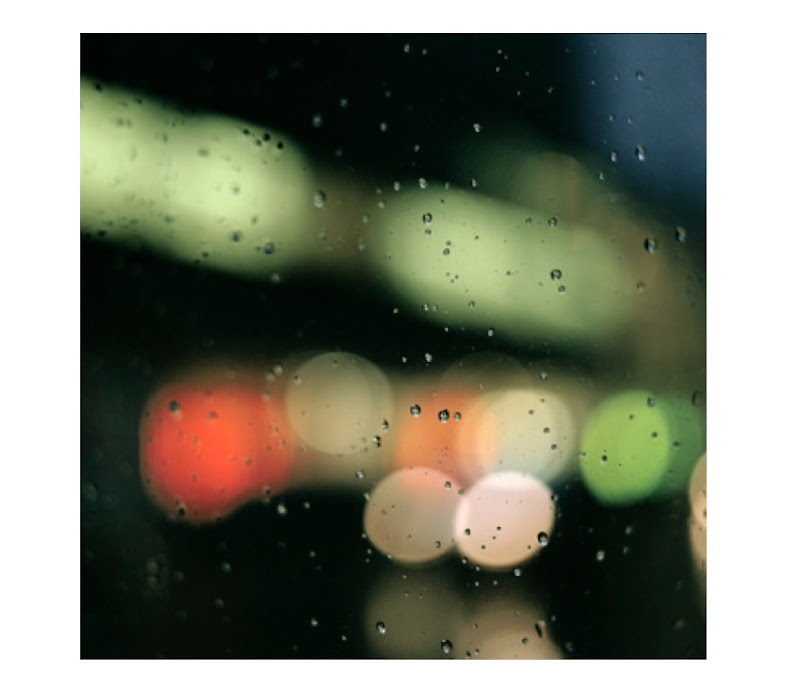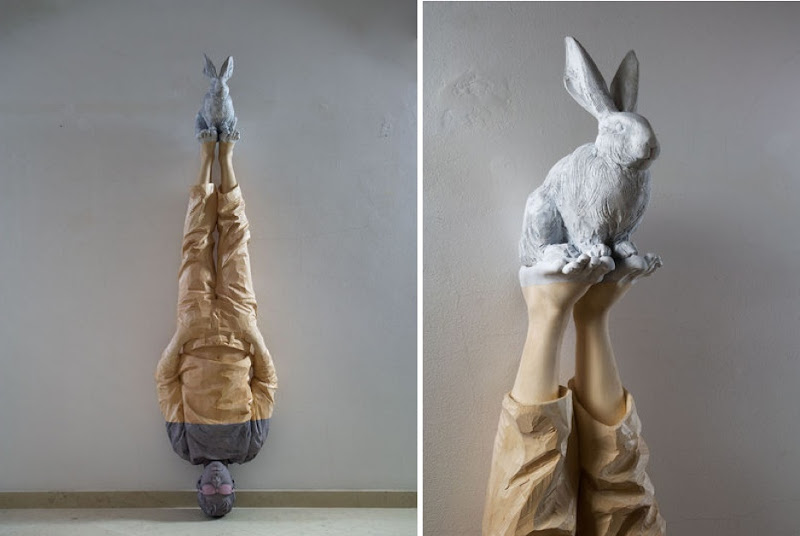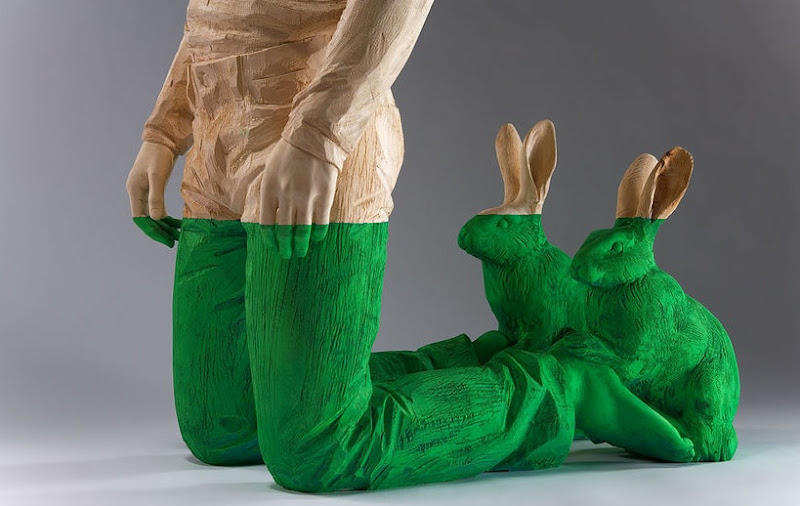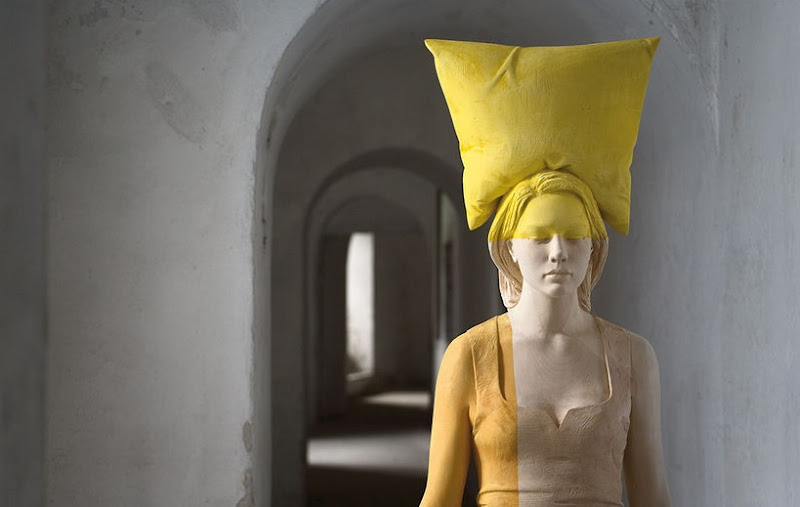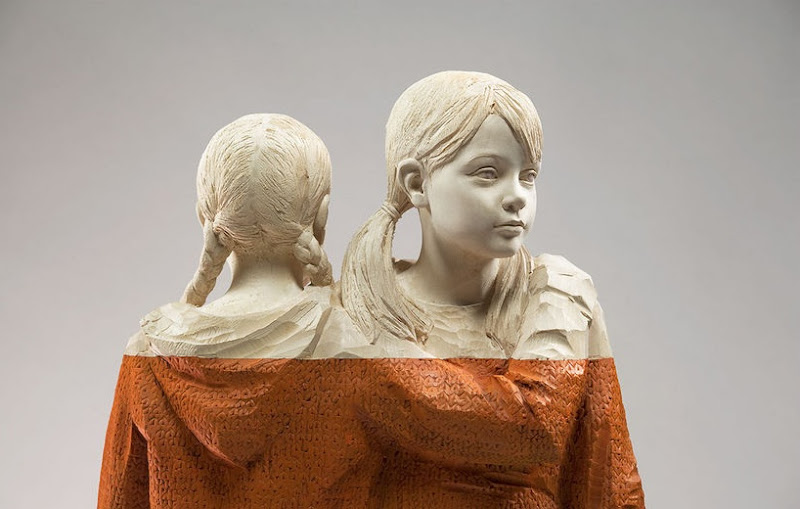**Pictures are a courtesy of the artist**
JOHN GRANT /// THE LANGUAGE OF WATER
Here is a video and some awe-inspiring pictures from JOHN GRANT's new series of work entitled THE LANGUAGE OF WATER where he captures the simple dispersion of ink into water. And the result is absolutely beautiful.
Mixed with the enchanting music, the stop-action video is passionate, dark, secret, enigmatic, sensual and lascivious and it really moved me. It left me somehow dreamy, anxious or worried, maybe sad but mostly contemplative, feeling like the whole beauty of the world and it's complexity could be seen through drops of ink in water. All I can say is : Amazing... This morning, the language of water is the language to my heart. I just wished the video would have kept through the whole song...
☁ JOHN GRANT
☁ JOHN GRANT'S BLOG
☁ JOHN GRANT PREVIOUSLY ON LE ZÈBRE
Tuesday 30 November 2010
Sunday 28 November 2010
SALLY MANN
SALLY MANN is an American photographer, best known for her large black-and-white photographs, first of her young children, then of landscapes suggesting decay and death.
Born in Lexington, Virginia, Mann was the third of three children and the only daughter. Her father, Robert S. Munger, was a general practitioner, and her mother, Elizabeth Evans Munger, ran the bookstore at Washington and Lee University in Lexington. Mann graduated from The Putney School in 1969, and attended Bennington College and Friends World College. She earned a B.A., summa cum laude, from Hollins College (now Hollins University) in 1974 and a M.F.A. in creative writing in 1975. She took up photography at Putney, where, she claims, her motive was to be alone in the darkroom with her boyfriend. She made her photographic debut at Putney, with an image of a nude classmate. Her interest in photography was promoted by her father. His 5x7 camera became the basis of her use of large format cameras today.
Early career
After graduation, Mann worked as a staff photographer at Washington and Lee University. In the mid 1970s she photographed the construction of their new Lewis Law Library, leading to her first one-woman exhibition in late 1977 at the Corcoran Gallery of Art in Washington, D.C. Those surrealistic images were subsequently included as part of her first book, Second Sight, published in 1984.
Her second collection, At Twelve: Portraits of Young Women, published in 1988, stimulated controversy. The images “captured the confusing emotions and developing identities of adolescent girls [and the] expressive printing style lent a dramatic and brooding mood to all of her images.”
Mann is perhaps best known for Immediate Family, her third collection, published in 1992. The NY Times said, “Probably no photographer in history has enjoyed such a burst of success in the art world.” The book consists of 65 black-and-white photographs of her three children, all under the age of 10. Many of the pictures were taken at the family's remote summer cabin along the river, where the children played and swam in the nude. Many explore typical childhood themes (skinny dipping, reading the funnies, dressing up, vamping, napping, playing board games) but others touch on darker themes such as insecurity, loneliness, injury, sexuality and death. The controversy on its release was intense, including accusations of child pornography (both in America and abroad) and of contrived fiction with constructed tableaux. One image of her 4-year-old daughter (Virginia at 4) was censored by the Wall Street Journal with black bars over her eyes, nipples and pubic area. Mann herself considered these photographs to be “natural through the eyes of a mother, since she has seen her children in every state: happy, sad, playful, sick, bloodied, angry and even naked.” Critics agreed, saying her “vision in large measure [is] accurate, and a welcome corrective to familiar notions of youth as a time of unalloyed sweetness and innocence,” and that the book “created a place that looked like Eden, then cast upon it the subdued and shifting light of nostalgia, sexuality and death." When Time magazine named her “America’s Best Photographer” in 2001, it wrote:
Mann recorded a combination of spontaneous and carefully arranged moments of childhood repose and revealingly — sometimes unnervingly — imaginative play. What the outraged critics of her child nudes failed to grant was the patent devotion involved throughout the project and the delighted complicity of her son and daughters in so many of the solemn or playful events. No other collection of family photographs is remotely like it, in both its naked candor and the fervor of its maternal curiosity and care.The New Republic considered it "one of the great photograph books of our time."
Her fourth book, Still Time, published in 1994, was based on the catalogue of a traveling exhibition that included more than 20 years of her photography. The 60 images included more photographs of her children, but also earlier landscapes with color and abstract photographs.
Later career
In the mid 1990s, Mann began photographing landscapes on wet plate collodion 8x10 glass negatives, and again used the same 100-year-old 8 x 10 bellows view camera that she had used for all the previous bodies of work. These landscapes were first seen in Still Time, and later featured in two shows presented by the Edwynn Houk Gallery in NYC: Sally Mann – Mother Land: Recent Landscapes of Georgia and Virginia in 1997, and then in Deep South: Landscapes of Louisiana and Mississippi in 1999. Many of these large (40"x50") black-and-white and manipulated prints were taken using the 19th century “wet plate” process, or collodion, in which glass plates are coated with collodion, dipped in silver nitrate, and exposed while still wet. This gave the photographs what the New York Times called “a swirling, ethereal image with a center of preternatural clarity," and showed many flaws and artifacts, some from the process and some introduced by Mann.
Mann’s fifth book, What Remains, published in 2003, is based on the show of the same name at the Corcoran Museum in Washington, DC and is in five parts. The first section contains photographs of the remains of Eva, her greyhound, after decomposition. The second part has the photographs of dead and decomposing bodies at a federal Forensic Anthropology Facility (known as the ‘body farm’). The third part details the site on her property where an armed escaped convict was killed. The fourth part is a study of the grounds of Antietam, the site of the bloodiest single day battle in American history during the Civil War. The last part is a study of close-ups of the faces of her children. Thus, this study of mortality, decay and death ends with hope and love.
Mann’s sixth book, Deep South, published in 2005, with 65 black-and-white images, includes landscapes taken from 1992 to 2004 using both conventional 8x10 film and wet plate collodion. These photographs have been described as “haunted landscapes of the south, battlefields, decaying mansion, kudzu shrouded landscapes and the site where Emmett Till was murdered." Newsweek picked it as their book choice for the holiday season, saying that Mann “walks right up to every Southern stereotype in the book and subtly demolishes each in its turn by creating indelibly disturbing images that hover somewhere between document and dream."
Mann's seventh book, Proud Flesh, published in 2009, is a study taken over six years of the effects of muscular dystrophy on her husband Larry Mann. The project was displayed in Gagosian Gallery in October 2009.
Her current projects include a series of self-portraits, her immediate family and life over the past 30 years, and a multipart study of the legacy of slavery in Virginia.
Mann has three children: Emmett, born in 1979, who for a time joined the Peace Corps, Jessie (herself an artist, photographer and model), born in 1981, and Virginia (now in law school), born in 1985. Mann lives on a farm in Virginia with her husband, Larry. He is a full time attorney, and has muscular dystrophy, with progressive weakness.
Mann is passionate about endurance horse racing. She is currently represented by the Gagosian Gallery of New York City. (WIKIPEDIA)
☁ SALLY MANN @ GAGOSIAN
☁ SALLY MANN @ WIKIPEDIA
Saturday 27 November 2010
ALEX PRAGER
ALEX PRAGER /// WEEKEND 2010
A new photo series.
☁ ALEX PRAGER
☁ ALEX PRAGER PREVIOUSLY ON LE ZÈBRE
☁ ALEX PRAGER ARTICLE IN VANITY FAIR
Friday 26 November 2010
GWON OSANG
GWON OSANG
Born in Seoul in 1974.
Lives and works in Seoul.
Education:
M.F.A. Graduate studies in Sculpture, HongIk University, Seoul, Korea
B.F.A. Dep. of Sculpture, College of Arts, HongIk University, Seoul, Korea
☁ GWON OSANG
☁ GWON OSANG @ VICKI FONG
CAROL INEZ CHARNEY
"We don't see things as they are, we see things as we are" (Anais Nin)
CAROL INEZ CHARNEY /// INTERIOR LANDSCAPE
PHOTO SERIES.
☁ CAROL INEZ CHARNEY
Thursday 25 November 2010
Subscribe to:
Posts (Atom)
